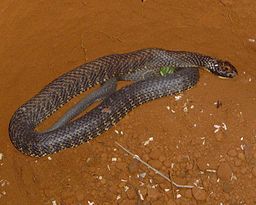Dogs gravitate toward high-fat food, but cats pounce on carbohydrates with even greater enthusiasm, according to US research into the dietary habits of our two most popular pets.
The study by researchers in the Carlson College of Veterinary Medicine at Oregon State University—which was published recently in the Journal of Experimental Biology—sheds new light on optimal nutrition for the animals and refutes a common notion that cats want and need a protein-heavy regimen.
“The numbers were much different than what traditional thinking would have expected,” Professor Jean Hall said.
“Some experts have thought cats need diets that are 40 or 50 percent protein. Our findings are quite different than the numbers used in marketing and are going to really challenge the pet food industry.”
Cats and dogs surprising dietary preferences research methods
Professor’s Hall’s research involved monitoring 17 healthy adult dogs and 27 cats over 28 days and used four types of food that were designed to taste equally good; with flavour out of the equation, the animals could make macronutrient choices based only on what their bodies were telling them they needed.
“Previous studies have shown that if you don’t balance palatability between foods cats do, in fact, prefer to eat very high levels of protein and dogs want to eat a lot of fat,” Professor Hall said.
“When you balance palatability, both dogs and cats prefer significantly different macronutrient content than what they would choose based on taste.”
The animals studied by Professor Hall and her collaborators could choose among high-fat, high-carbohydrate, high-protein and balanced foods.
The results showed the cats, on average, chose to get 43 percent of their calories from carbs and 30 percent from protein. The dogs, on the other hand, went for 41 percent fat and 36 percent carbs. Not a single dog or cat chose to get the highest percentage of its calories from protein.
“Because the choice of macronutrients was influenced in both dogs and cats by age and either lean body mass or fat body mass, that suggests a physiological basis for what they chose to eat,” Professor Hall said.







